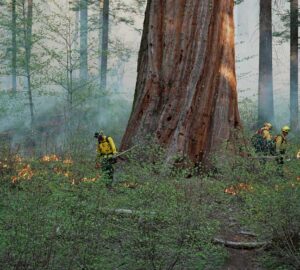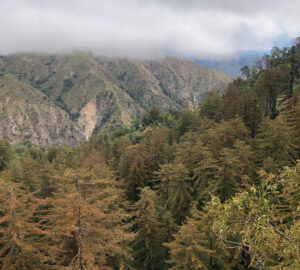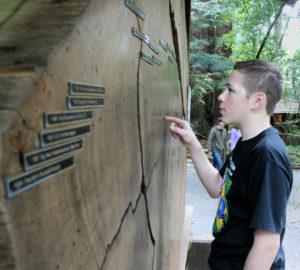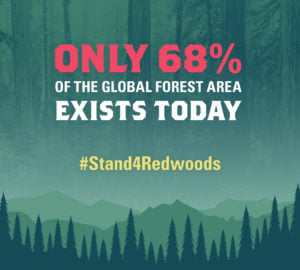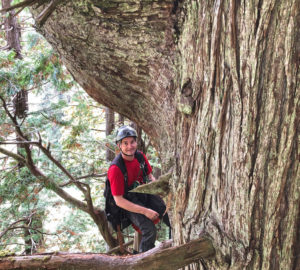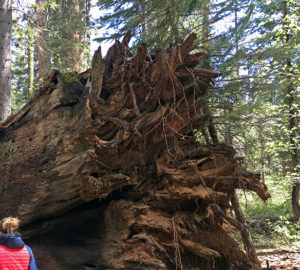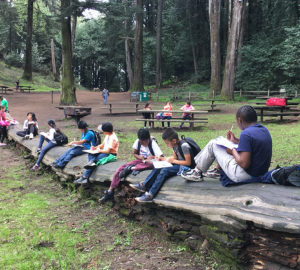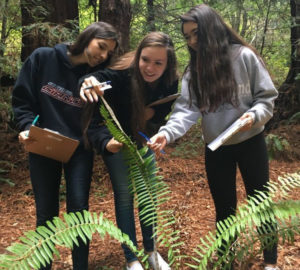The first phase of the Redwoods and Climate Change Initiative was based upon understanding how past climate has affected the ancient redwood and giant sequoia forests. To do this, the research teams relied upon the science of dendrochronology: the analysis of the rings of wood trees create each year. By examining wood that was created a thousand years or more ago, dendrochronology allows us to read backwards in time, and this ability underpins nearly every aspect of RCCI. By taking small, cylindrical samples of wood at different heights and cross-dating many trees, the team – led by Humboldt State University researcher Allyson Carroll – was able to trace the trees’ annual growth rings back to the year 328 for coast redwoods (and the year 474 for giant sequoia).
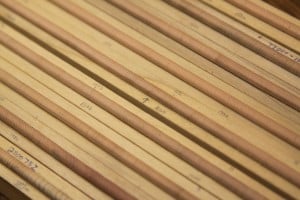
By poring over nearly a half million tiny rings, the teams were able to establish relationships between climatic events such as droughts or extreme winters and fluctuations in the size of the annual rings. During fertile years, rings will tend to be larger than those produced in dry years. Lean years, such as the drought in 1924 and the extremely cold year of 1739, can be seen as very small, narrow rings. In the year 1580, when Sir Francis Drake reported seeing ice on his sails as he explored the coast of California, growth rings are missing from the Giant Sequoia altogether! Fires that leave blackened scars and increase growth in the years following them can also be found in the record.
By combining the tree ring record with historical climate data, the team was able to discover that coast redwoods grow fastest in the least-cloudy years, and that the biggest factor influencing tree growth is the moisture of the soil during the summer months (for giant sequoia, they were able to pinpoint June specifically). These effects were strongest in the southernmost sites, which also happen to be the driest.
Without tree ring analysis, we would not know how fast redwoods are growing, nor that their growth has accelerated in recent years. We would not know how that growth has corresponded to climate change, and would not be able to tell at what time of the year water matters the most. By both linking and strengthening so many of the individual studies, dendrochronology is the glue that binds RCCI. As we move forward into the second phase of the initiative, we will rely upon this technique to tell us how young forests are reacting to changes in temperature and moisture, how the affects of timber harvesting can be separated from those due to climate, and how the growth of trees at what may be the leading and retreating edges of coast redwood’s range reflects that of the trees in the heart of the redwood kingdom.

